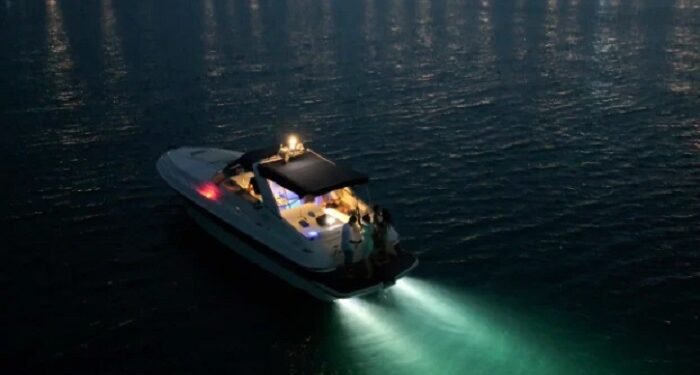Few innovations in the boating world capture the imagination quite like hydrofoils. By lifting a boat’s hull above the water, hydrofoils reduce drag, increase speed, and create the sensation of flying just above the waves. Once limited to cutting-edge racing yachts, this technology is now making its way into recreational boats, ferries, and even eco-friendly vessels.
But with new technology comes new demands in terms of safety, durability, and maintenance. As boats evolve to push the limits of performance, reliable materials like adhesives and sealants become even more crucial in construction and upkeep. They ensure that high-performance vessels can withstand stress, water exposure, and environmental challenges.
What Are Hydrofoils?
Hydrofoils are wing-like structures mounted beneath the hull of a boat. As speed increases, these foils lift the hull out of the water, significantly reducing resistance. The result is faster acceleration, smoother rides in choppy conditions, and greater fuel efficiency.
The concept dates back more than a century, but recent innovations in lightweight materials, design, and marine engineering have made hydrofoils more practical and widespread. Today, they are not only featured in America’s Cup racing yachts but also in passenger ferries and small sailing dinghies.
The Role of Adhesives and Sealants in Modern Boating
As boats become faster and lighter, the integrity of their construction depends heavily on strong bonding and watertight protection. This is where adhesives and sealants shine.
- Structural Adhesives – Used to bond lightweight composites, carbon fiber, and other high-strength materials, ensuring hydrofoils and hulls remain sturdy even under immense stress.
- Marine Sealants – Essential for preventing leaks, sealing joints, and protecting sensitive areas from saltwater corrosion.
- Flexibility and Durability – Unlike mechanical fasteners alone, modern bonding solutions can withstand vibrations, temperature changes, and constant exposure to water.
High-quality adhesives and sealants not only ensure safety but also contribute to the sleek, aerodynamic designs that hydrofoil boats demand.
The Future of Sailing with Hydrofoils
The rise of hydrofoils signals a shift in how we think about sailing and boating. Some key trends include:
- Eco-Friendly Vessels – Hydrofoils reduce drag, which means engines consume less fuel or electric propulsion systems can run longer. This makes them a valuable innovation for sustainable boating.
- Wider Accessibility – What was once a niche technology is now available in smaller dinghies, personal watercraft, and even leisure sailboats.
- Urban Transport – Cities like Stockholm and Venice are exploring hydrofoil ferries to reduce emissions and cut travel times.
For hydrofoils to become mainstream, boats must be built with reliability in mind. Proper bonding, sealing, and protection against harsh marine environments are non-negotiable. This makes adhesives and sealants more important than ever before.
Maintenance and Safety Considerations
While hydrofoils offer breathtaking performance, they also introduce complexity. Extra care is needed to ensure every component is properly maintained. Some best practices include:
- Regular Inspections – Check hydrofoil struts and mounting points for stress cracks or corrosion.
- Sealant Renewal – Over time, even the best adhesives and sealants can degrade; refreshing them prevents water intrusion.
- Hydrodynamic Care – Keep foils free from barnacles and growth that could reduce efficiency.
- Emergency Preparedness – Hydrofoil boats can reach high speeds; ensuring safety gear and systems are in place is vital.
Why Hydrofoils Represent Freedom
Imagine skimming across the water with barely a ripple beneath you. Hydrofoils create a sensation that feels more like flight than sailing. For many, this isn’t just a technological leap—it’s the future of freedom on the water. Faster travel, eco-friendly performance, and futuristic design all point toward hydrofoils becoming a major part of boating in the decades ahead.
But as advanced as they are, they rely on the basics: durable materials, strong connections, and watertight seals. Without proper adhesives and sealants, even the most advanced hydrofoil design wouldn’t last long at sea.
Conclusion: Innovation Meets Reliability
Hydrofoils are redefining what boats can achieve, pushing the boundaries of speed, efficiency, and adventure. Yet the future of sailing isn’t just about groundbreaking design—it’s about ensuring safety and durability. With reliable adhesives and sealants, these vessels can continue to defy gravity, delivering thrilling rides and sustainable transport for years to come.
The age of hydrofoils is here, and with it comes the promise of a faster, cleaner, and more exhilarating future on the water.

































